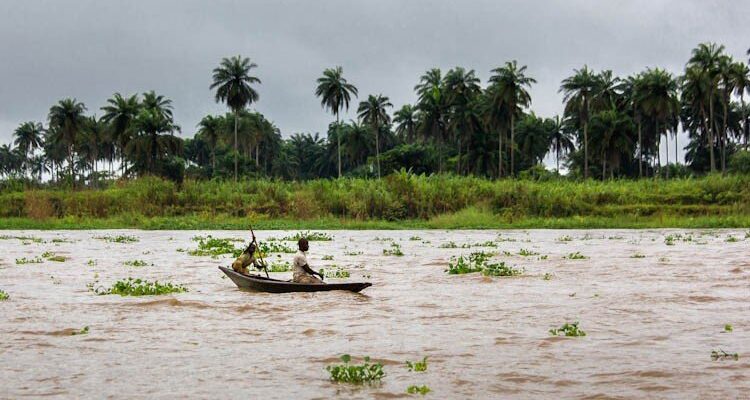Inner Niger Delta
The Niger Delta is located in Mali, between the Bani and Niger rivers in the southwestern part of the country. It is a region of fertile flood meadows and a natural trade artery, making the area the center of the economy as well as the social and urban life of Western Sudan. The delta, which includes lakes and swamps and sand dunes in the semi-arid zone south of the Sahara Desert, covers an area of 20,000 square kilometers in the rainy season and shrinks to 3,900 square kilometers in the dry season.
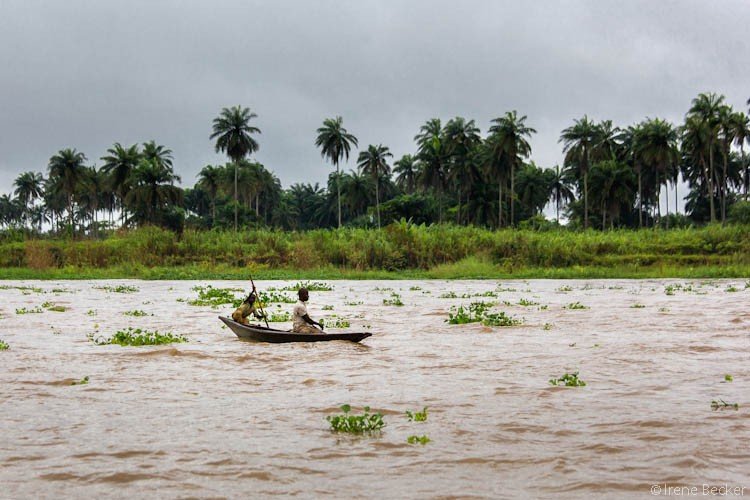
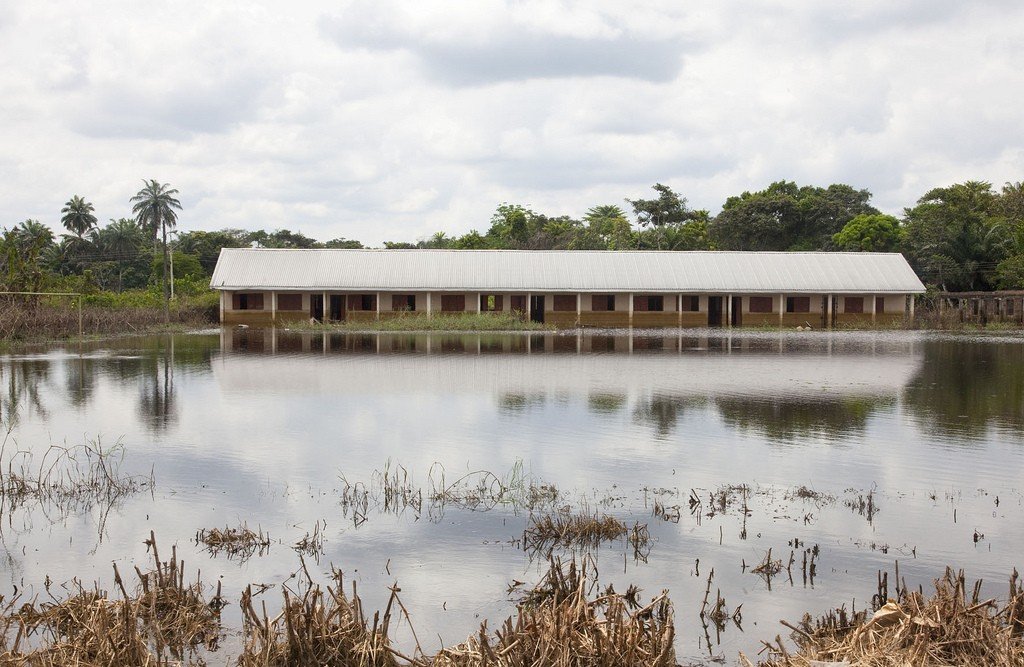
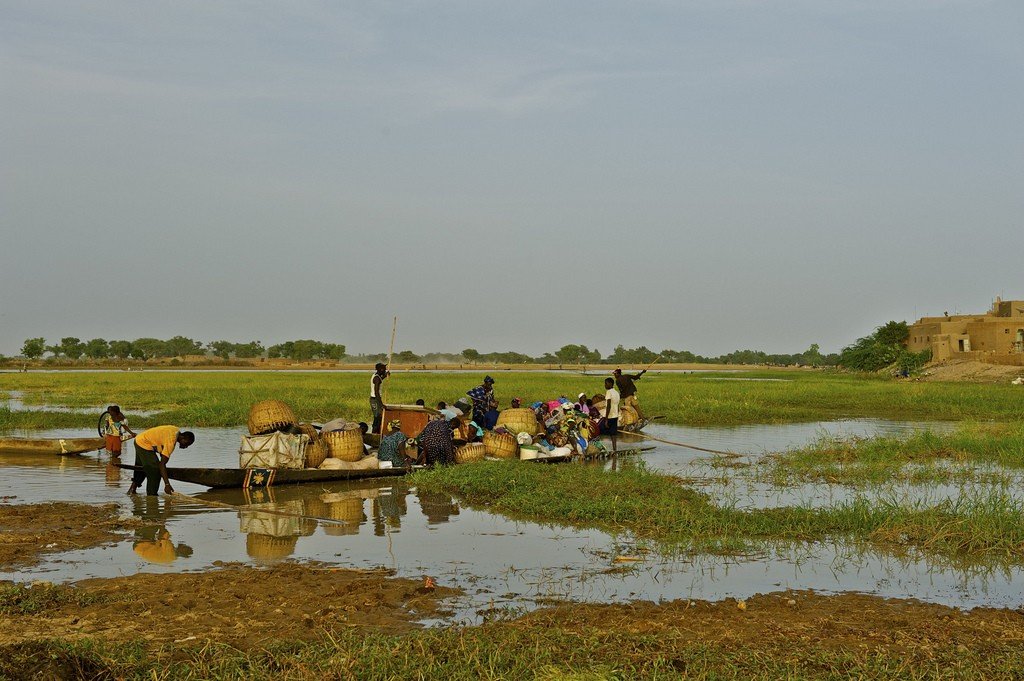
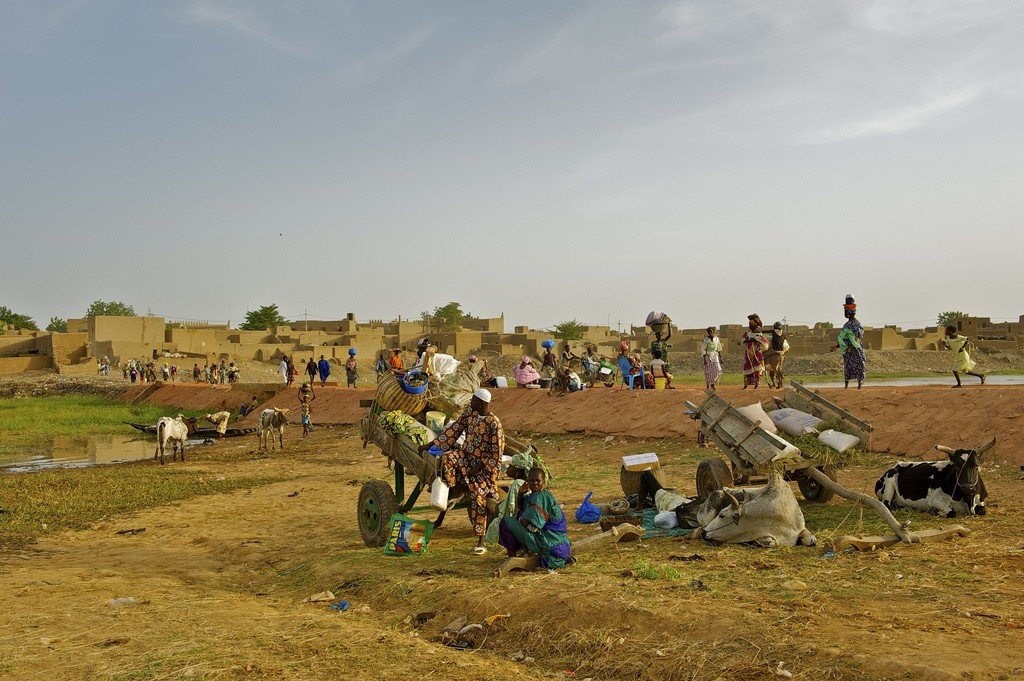
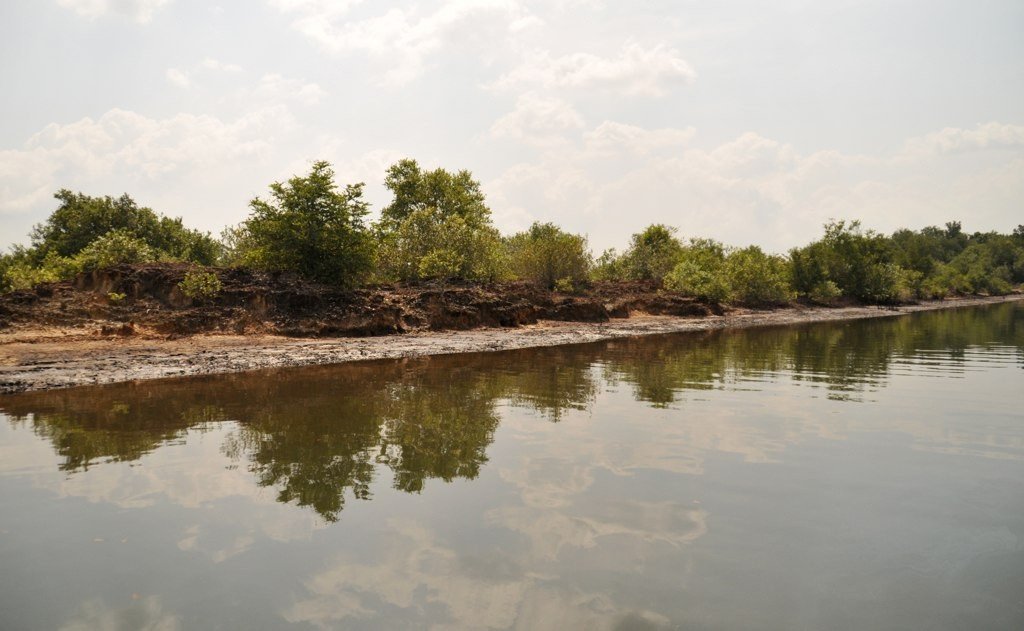
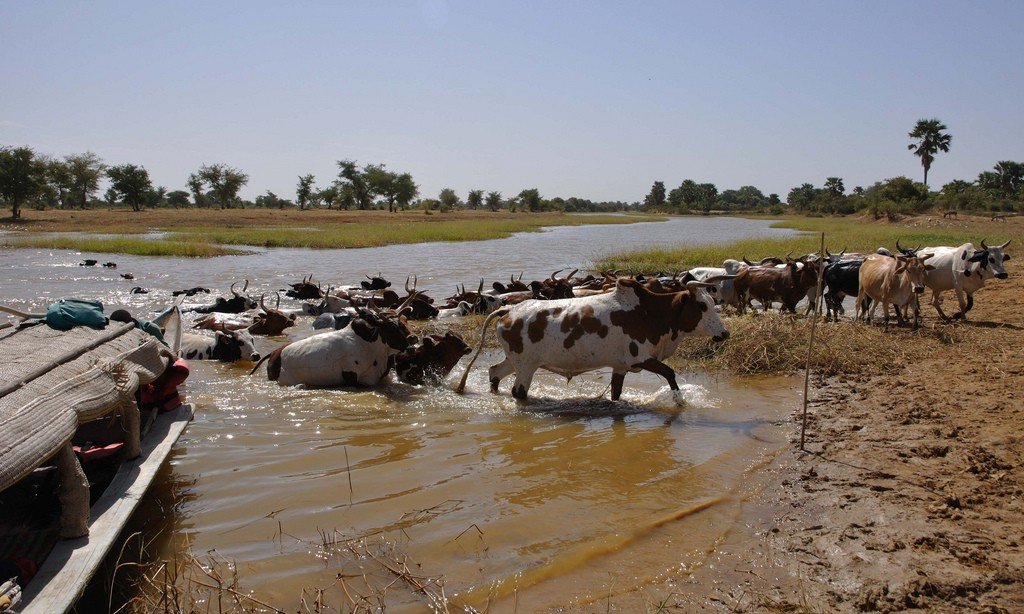
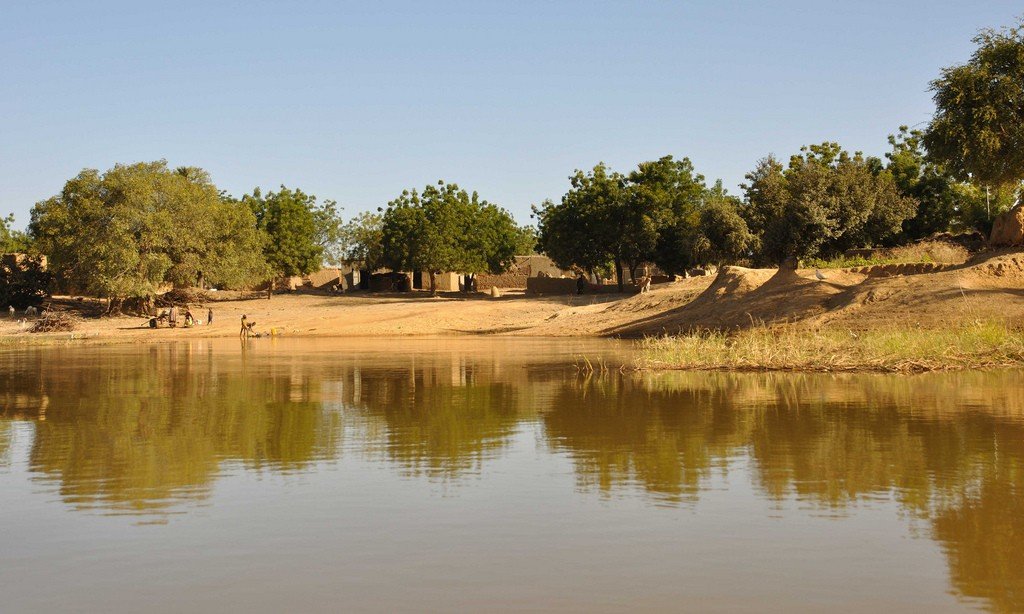
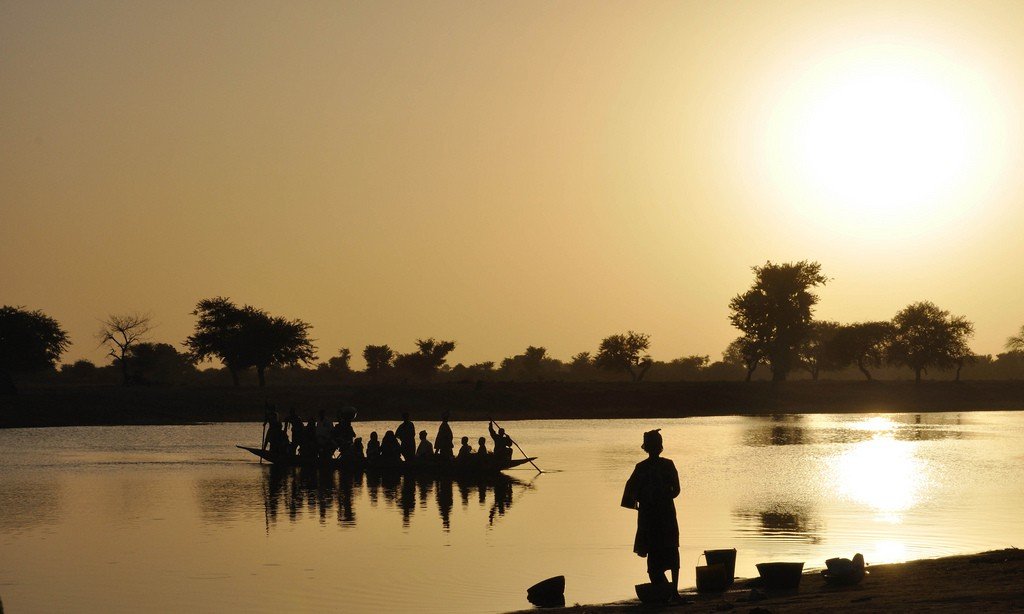
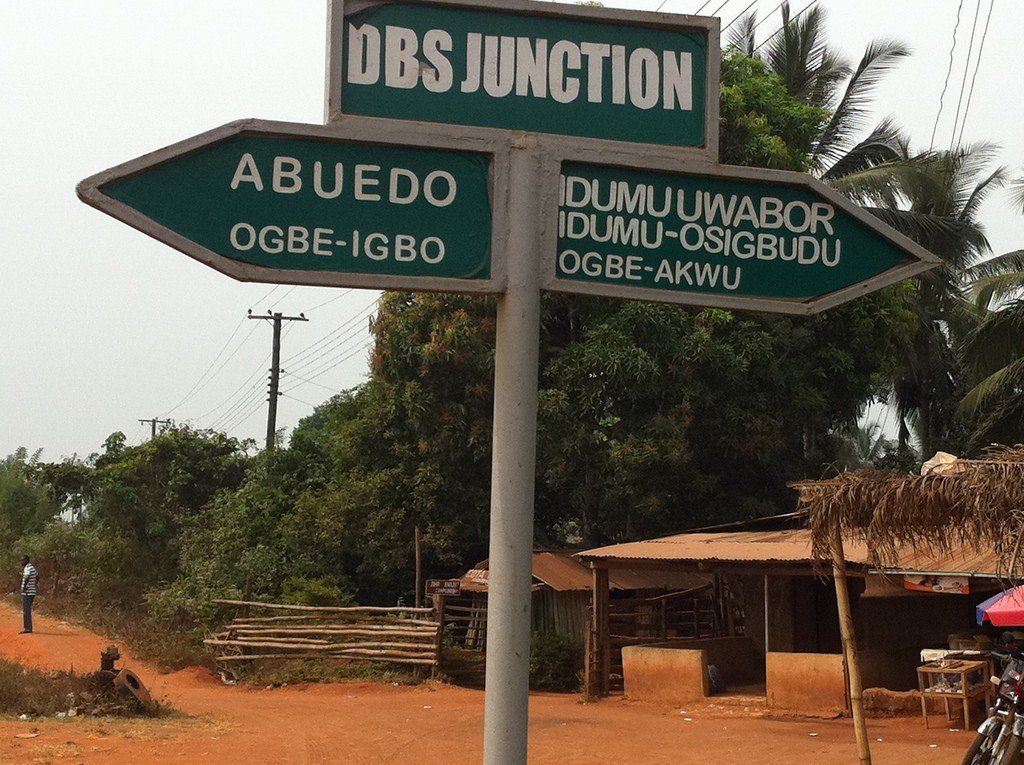
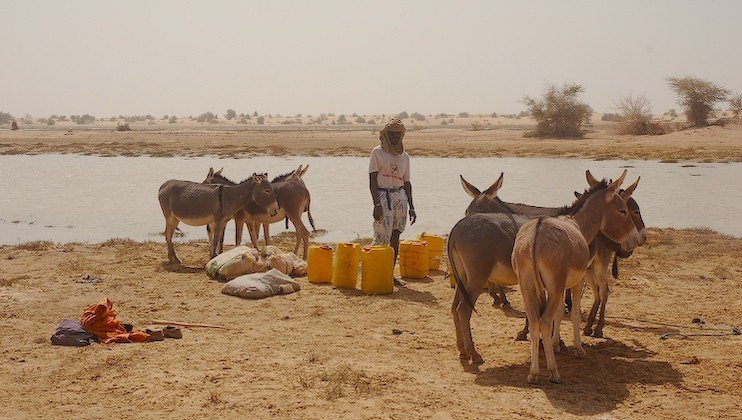
General information
The Niger Delta is lush with a wide variety of vegetation, including submerged and floating plants, the water level is traditionally very low and stagnant, and grasses and reeds grow in the sands exposed in the dry season, during the flood season.
The southern half of the delta is low-lying flood meadows, densely covered with grasses, here there are many waterfowl, especially numerous reddish-brown ducks, white-winged terns, great spindles and marsh hens.Immense colonies of waterfowl and land birds feeding near the water include more than 80,000 pairs of 15 species of cormorants, herons, ibises, broad-billed ducks and the endangered West African black-necked crane.
.In addition to birds, the flood meadows and delta also shelter Nile crocodiles and a great variety of mammals, including West Africa’s largest population of manatees, hippos, antelopes, swamp and water goats, as well as several species of gazelles, warthogs, otters and elephants.
.Two endemic fish species, Syndodontis gobroni and the cichlid Gobiocichla wonderi, are found here – they have been here since time immemorial when Niger was connected to the Nile and Lake Chad.
.